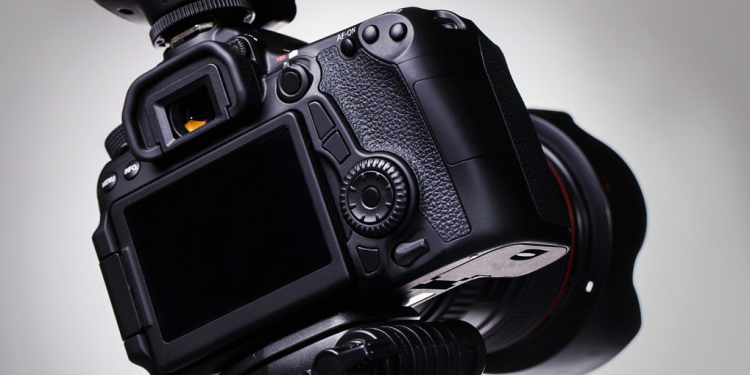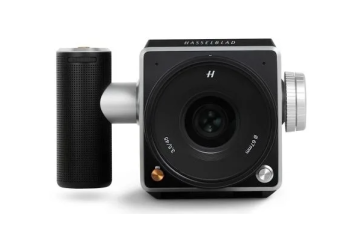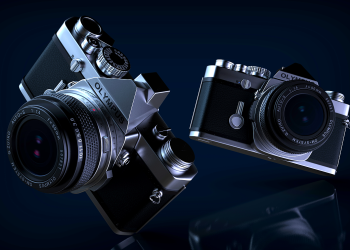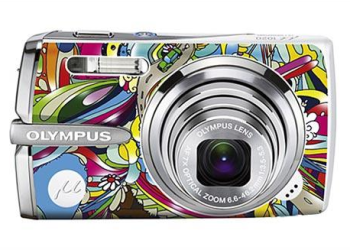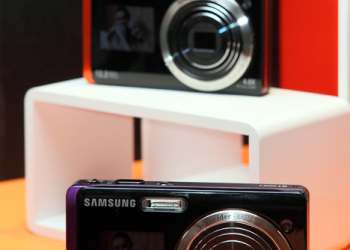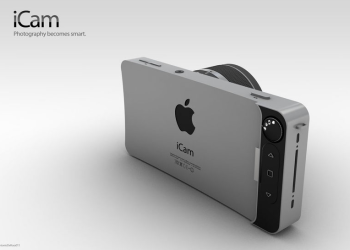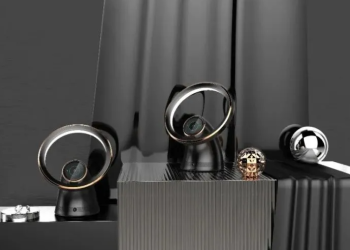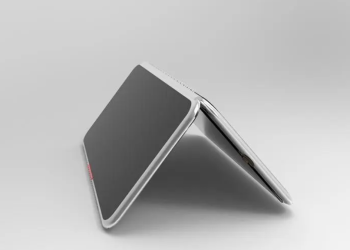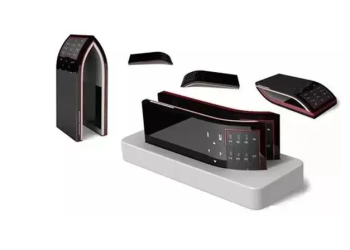Introduction
In the world of photography, choosing the right camera is akin to selecting the perfect tool for an artisan. It’s a decision that can significantly impact the quality and versatility of your images. With the proliferation of camera types, including DSLR, mirrorless, and point-and-shoot, navigating the options can be daunting. In this guide, we’ll delve into the characteristics of each camera type to help you make an informed decision.
DSLR Cameras
Definition and Features: A DSLR, or Digital Single-Lens Reflex camera, employs a mirror mechanism to reflect light into an optical viewfinder, allowing photographers to preview the scene directly through the lens. These cameras typically feature interchangeable lenses, manual controls, and advanced autofocus systems.
Advantages: DSLR cameras are renowned for their excellent image quality, robust build quality, and extensive lens compatibility. They excel in capturing fast-moving subjects and offer a wide range of accessories for customization and enhancement.
Disadvantages: Despite their merits, DSLR cameras tend to be bulkier and heavier than their mirrorless counterparts. The optical viewfinder can be limiting in low-light conditions, and the mirror mechanism introduces potential for mechanical wear and noise.
Suitable Users and Applications: DSLR cameras are favored by professionals and enthusiasts who prioritize image quality, versatility, and control. They are well-suited for a wide range of photography genres, including portraits, landscapes, sports, and wildlife.
Mirrorless Cameras
Definition and Features: Mirrorless cameras eschew the traditional mirror and optical viewfinder in favor of an electronic viewfinder or LCD screen for composing images. These cameras boast compact, lightweight designs and offer comparable image quality to DSLRs.
Advantages: Mirrorless cameras excel in portability, making them ideal for travel and street photography. They offer silent shooting modes, continuous autofocus tracking, and real-time exposure previews. Additionally, the absence of a mirror mechanism reduces the risk of mechanical failure.
Disadvantages: While mirrorless cameras have made significant strides in performance, some models may experience battery drain due to electronic viewfinders and continuous autofocus systems. The range of available lenses and accessories may also be more limited compared to DSLRs.
Suitable Users and Applications: Mirrorless cameras appeal to photographers seeking a balance between performance and portability. They are well-suited for street photography, documentary work, and videography, where discreetness and mobility are paramount.
Point-and-Shoot Cameras
Definition and Features: Point-and-shoot cameras, also known as compact cameras, are designed for simplicity and ease of use. These cameras feature fixed lenses, automatic exposure modes, and compact form factors ideal for casual photography.
Advantages: Point-and-shoot cameras are incredibly user-friendly, making them suitable for beginners and casual photographers. They are compact, lightweight, and often affordable, offering a convenient option for everyday snapshots and family gatherings.
Disadvantages: While point-and-shoot cameras are convenient, they typically sacrifice image quality and manual control in favor of simplicity. The fixed lens may limit creative versatility, and advanced features such as interchangeable lenses and manual exposure control are often absent.
Suitable Users and Applications: Point-and-shoot cameras are ideal for individuals seeking hassle-free photography experiences. They are well-suited for capturing spontaneous moments, travel snapshots, and casual social events where convenience trumps technical prowess.
Key Considerations
When choosing the right camera, several factors should influence your decision:
- Budget: Determine your budget and consider the cost of not only the camera body but also additional lenses, accessories, and ongoing maintenance.
- Photography Goals and Preferences: Assess your photography style, preferences, and goals to determine which camera features are essential for your needs.
- Portability and Convenience: Consider how frequently you’ll be carrying your camera and whether portability is a priority for your shooting style.
- Lens Compatibility: Evaluate the availability and versatility of lenses compatible with your chosen camera system, as lens selection plays a crucial role in creative expression.
- Advanced Features and Technology: Research the technological advancements and innovative features offered by different camera models to ensure they align with your desired functionality and future-proofing needs.
Comparison Table
Below is a side-by-side comparison of DSLR, mirrorless, and point-and-shoot cameras:
| Feature | DSLR | Mirrorless | Point-and-Shoot |
|---|---|---|---|
| Image Quality | Excellent | Comparable | Moderate |
| Size and Weight | Bulky and Heavy | Compact and Lightweight | Compact and Lightweight |
| Interchangeable Lenses | Yes | Yes | No |
| Manual Controls | Yes | Yes | Limited/Basic |
| Autofocus Performance | Fast and Accurate | Fast and Accurate | Basic |
| Battery Life | Moderate | Variable | Moderate |
| Price Range | Mid to High | Mid to High | Low to Mid |
Case Studies
Consider the following scenarios to illustrate how different users might choose the right camera type:
- Professional Photographer: A professional photographer specializing in wildlife photography may opt for a DSLR camera for its superior image quality, fast autofocus, and extensive telephoto lens options.
- Travel Enthusiast: A travel enthusiast seeking portability and versatility may prefer a mirrorless camera for its compact size, silent shooting modes, and advanced features suitable for capturing diverse landscapes and cultures.
- Casual Photographer: A casual photographer capturing family memories and social events may find a point-and-shoot camera to be the most convenient option, offering simplicity, ease of use, and affordability without compromising image quality.
Tips for Making the Right Decision
To ensure you make the best choice when selecting a camera, consider the following tips:
- Research and Educate Yourself: Take the time to research different camera types, features, and brands to understand their strengths and limitations.
- Try Before You Buy: Visit camera stores or rental shops to test out different models and get a feel for their ergonomics, controls, and performance in real-world settings.
- Seek Expert Advice: Consult with experienced photographers, read online reviews, and join photography communities to gain insights and recommendations from fellow enthusiasts.
- Consider Future Upgrades and Accessories: Think about your long-term photography goals and whether the chosen camera system offers room for growth, including compatibility with future lenses, accessories, and upgrades.
Conclusion
Choosing the right camera is a deeply personal decision influenced by a myriad of factors, including budget, preferences, and intended use. Whether you opt for a DSLR, mirrorless, or point-and-shoot camera, remember that each type offers unique advantages and trade-offs. By considering your individual needs and conducting thorough research, you can select a camera that empowers you to unleash your creativity and capture memorable moments with confidence.

FAQs After The Conclusion:
- What is the main difference between DSLR and mirrorless cameras?
- The main difference lies in the optical system: DSLRs use a mirror mechanism to reflect light into an optical viewfinder, while mirrorless cameras rely on electronic viewfinders or LCD screens for composition.
- Are point-and-shoot cameras suitable for professional photography?
- While point-and-shoot cameras offer convenience and simplicity, they may lack the manual controls, image quality, and versatility required for professional-level photography.
- Which camera type is best for beginners?
- Beginners may find point-and-shoot cameras to be the most user-friendly option due to their simplicity and automatic modes. However, DSLRs and mirrorless cameras offer room for growth as skills and preferences evolve.
- Do mirrorless cameras have interchangeable lenses like DSLRs?
- Yes, most mirrorless cameras feature interchangeable lens systems, allowing users to swap lenses to suit different shooting scenarios and creative preferences.
- Can I use DSLR lenses on mirrorless cameras?
- With the use of appropriate adapters, many DSLR lenses can be mounted on mirrorless cameras. However, some functionality such as autofocus may be compromised depending on the adapter and lens combination.
- Do point-and-shoot cameras offer manual exposure control?
- While some advanced point-and-shoot cameras may offer manual exposure control, many models prioritize simplicity and automatic modes for ease of use.
- Are mirrorless cameras more expensive than DSLRs?
- Mirrorless cameras typically occupy a similar price range to DSLRs, with entry-level models being comparable in cost. However, high-end mirrorless cameras may command a premium due to advanced features and technology.
- What factors should I consider when choosing a camera for videography?
- When selecting a camera for videography, consider factors such as resolution, frame rates, video autofocus performance, microphone input options, and compatibility with accessories such as gimbals and external recorders.


